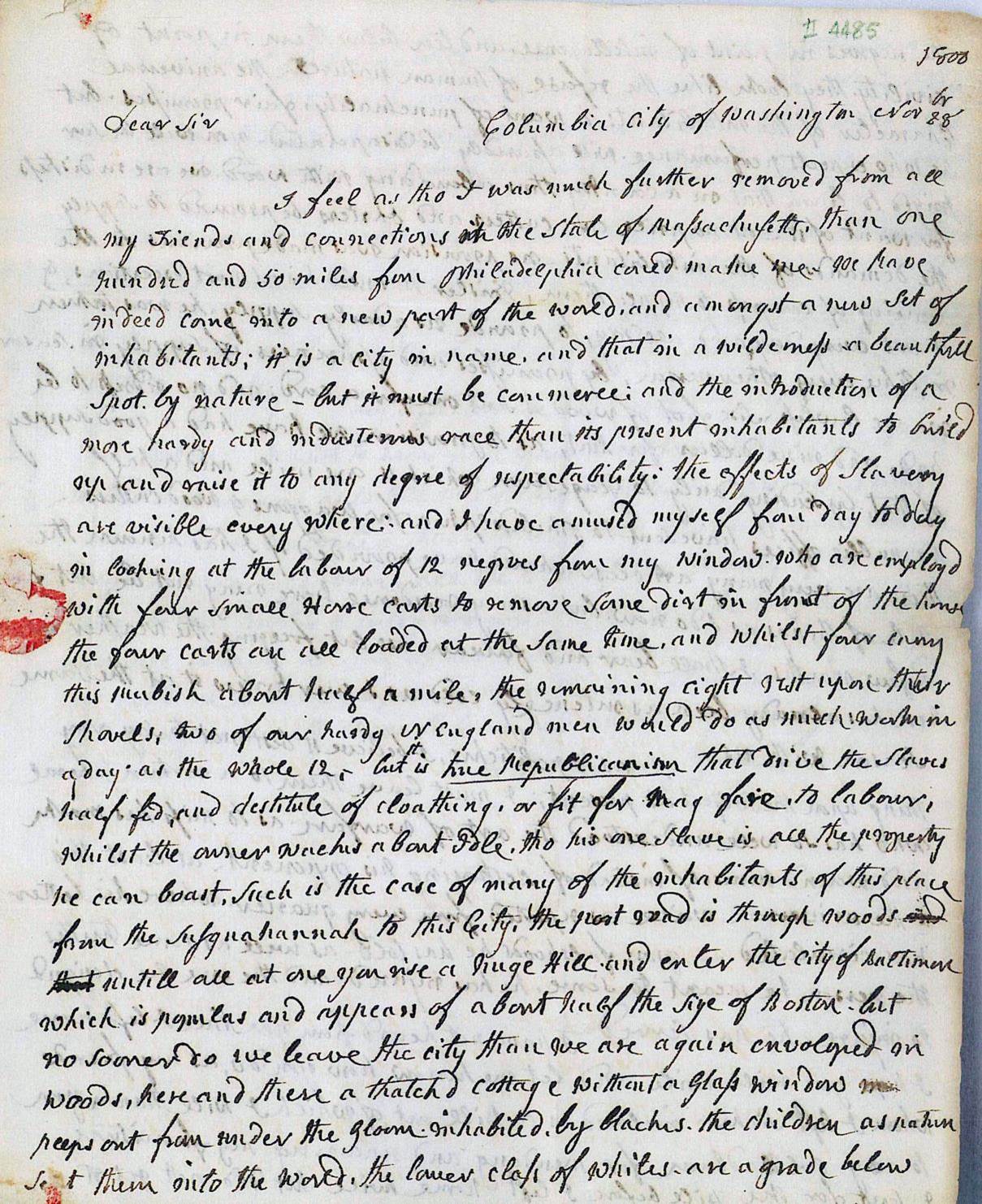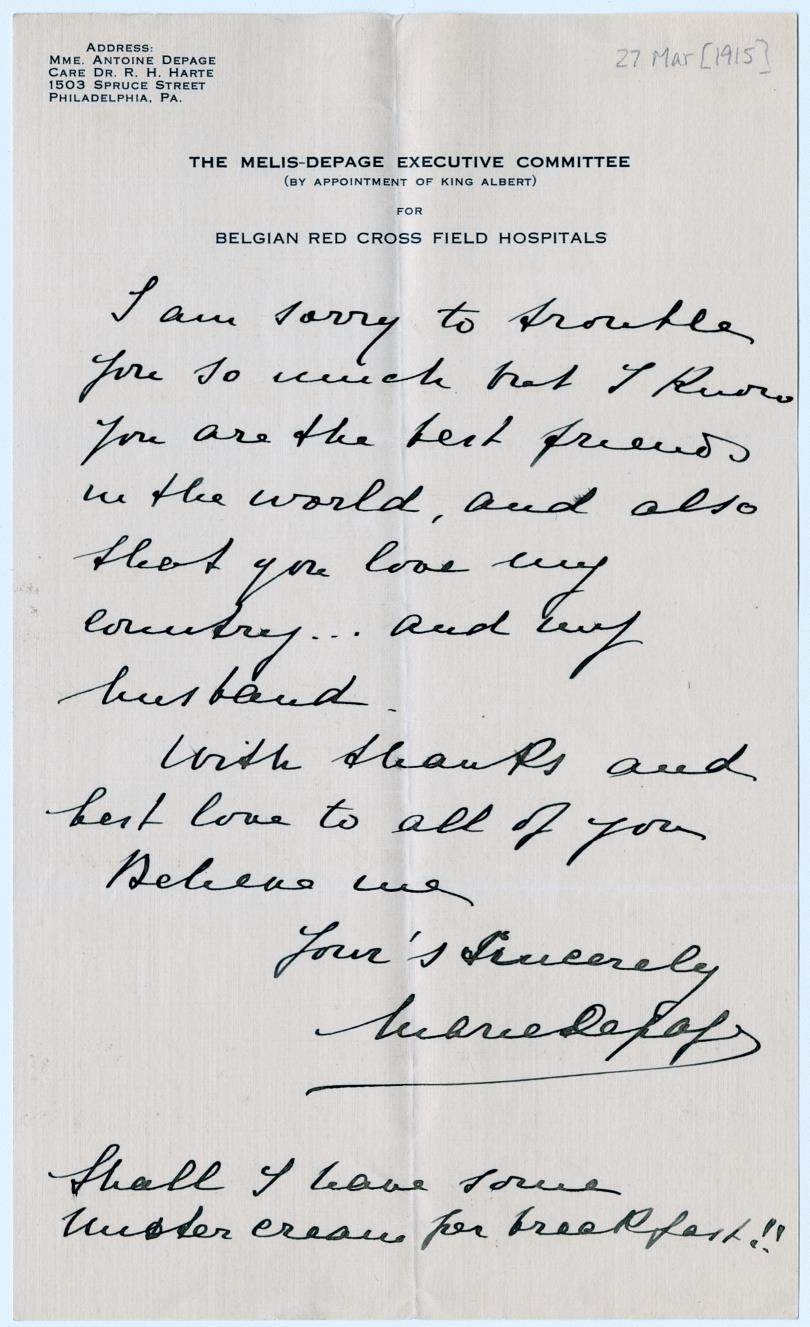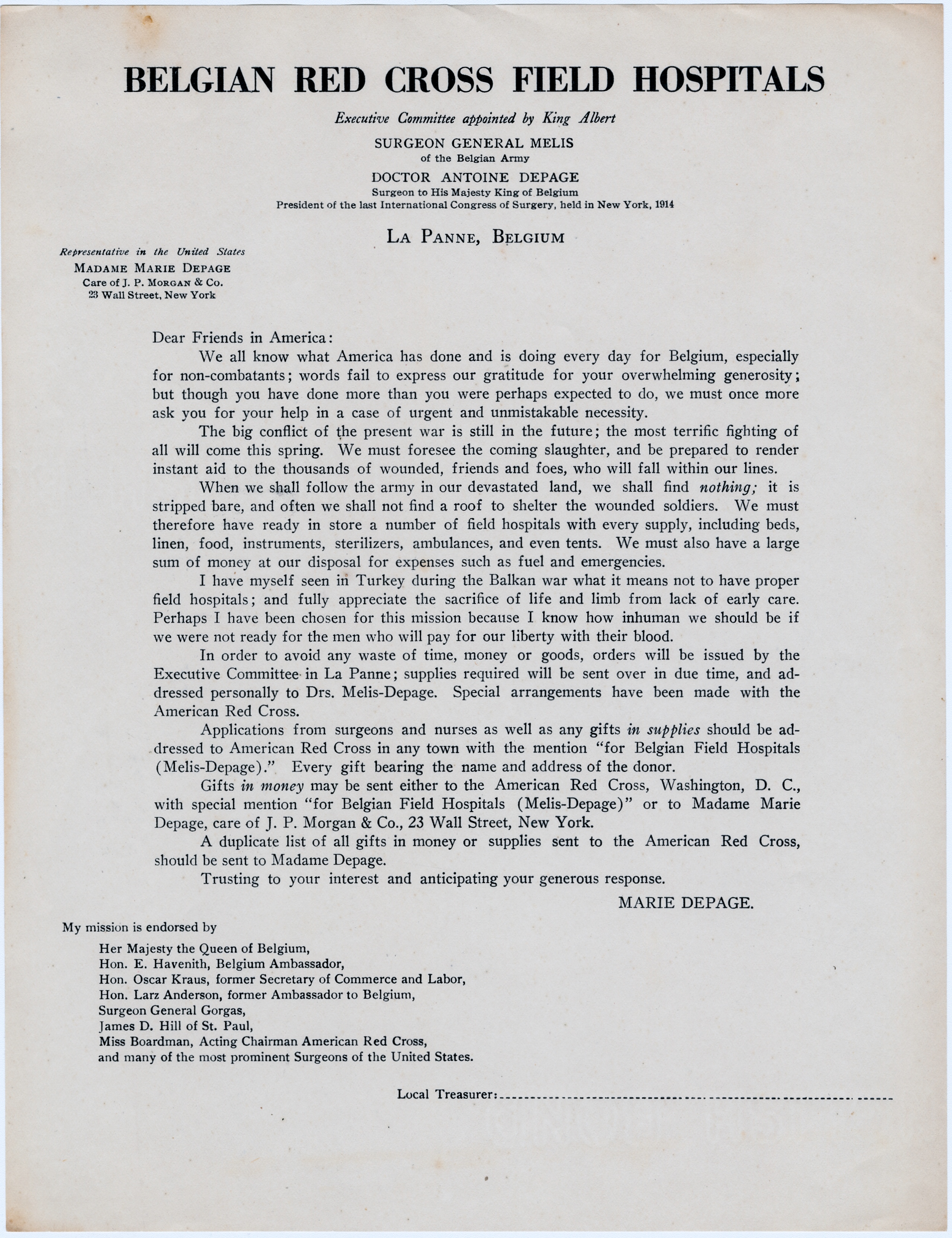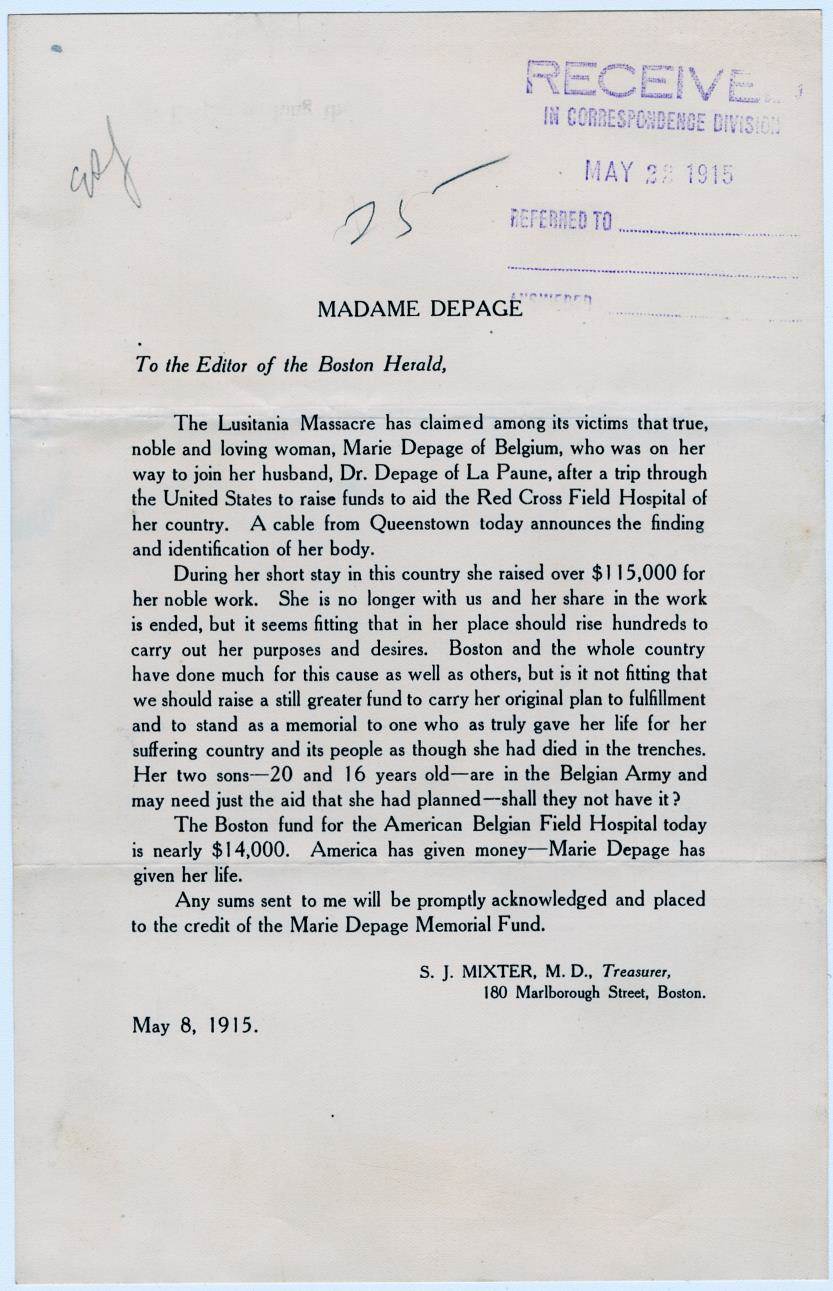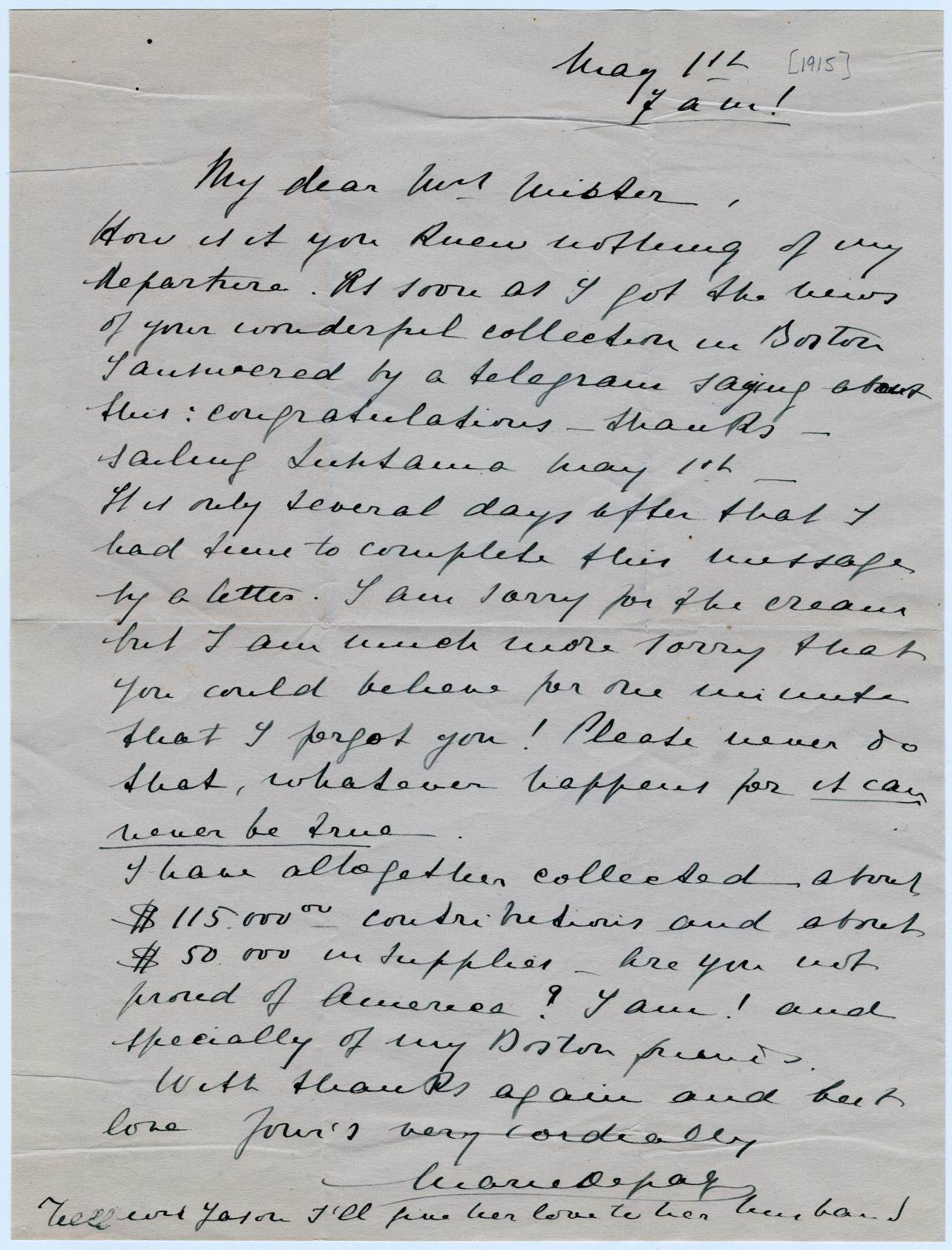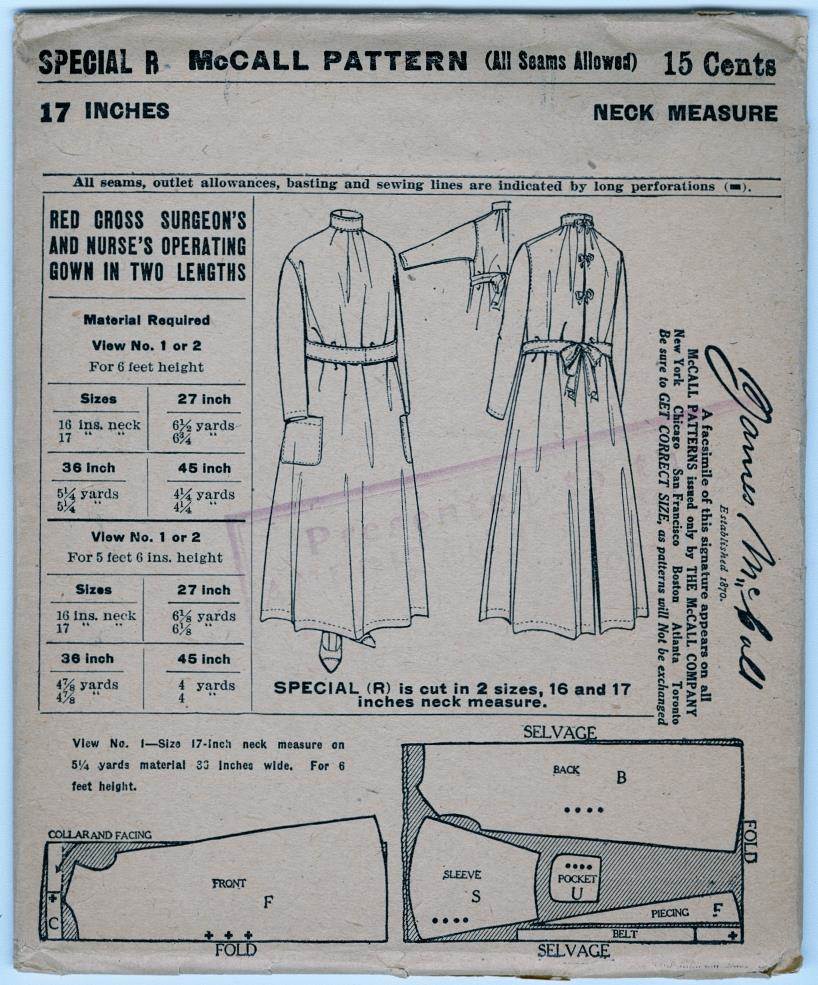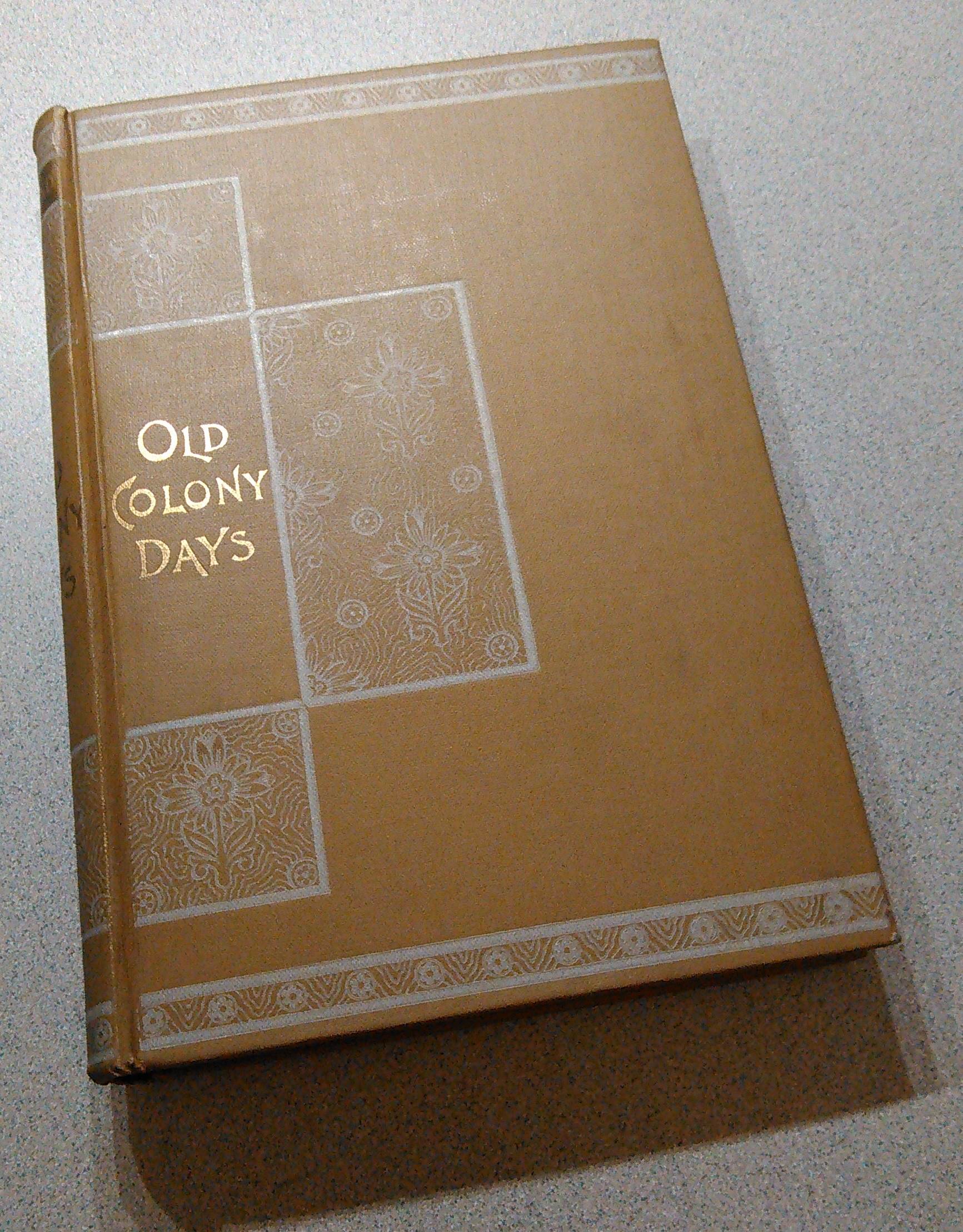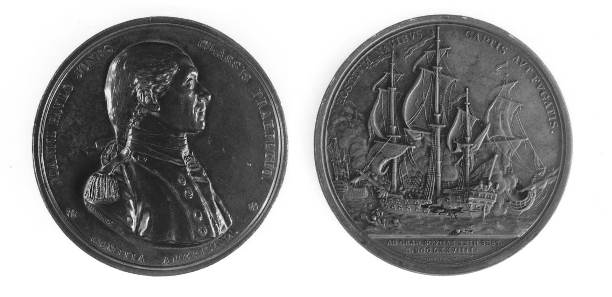By Shelby Wolfe, Reader Services
In May I traveled to Europe for the first time, keeping a travel diary throughout the trip. It was probably the longest run at journaling I’ve managed to keep, partly because I felt this experience was more noteworthy than my regular routine. More importantly, I didn’t want to forget the details of what I experienced. Travel diaries, and diaries in general, allow us to record our daily lives, passing thoughts, and observations on any given day. Years from now, we can look back on what we wrote and experience that pesky yet pleasant sense of nostalgia (or, in the case of many a teenage-years journal, embarrassment).
To see how other travelers had journaled about the places I visited, I searched our online library catalog, ABIGAIL, to find women’s travel diaries of different kinds. Some are introspective; others read more like a daily log of events and observations. Many are text-only while others include drawings, watercolors, and ephemera. The travel diary of Elizabeth Perkins Lee Shattuck, for example, is accompanied by a sketchbook with scenes captured throughout the writer’s journeys between 1868 and 1870. Elizabeth Perkins Lee, daughter of Henry and Elizabeth Perkins (Cabot) Lee kept this diary during her travels in Italy, France, and England between January and May 1869.
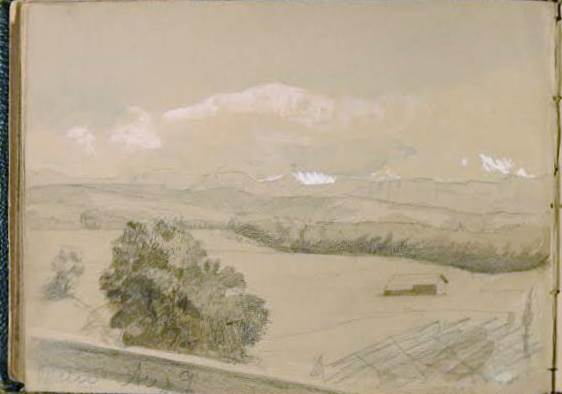
In her diary Lee records daily activities, sights toured, and social visits. She takes particular interest in describing the art and sculpture in Rome, frequenting the Villa Borghese and the Sistine Chapel. Lee notes after a trip to the Vatican, “Michel Angelos’ Pieta grows up me each time I see it.” While in Rome she celebrated Carnival from a balcony trimmed with bouquets, met friends for tea, and attended the Apollo Theatre, which she describes as “quite jolly and funny.” After her time in Rome, Lee traveled by rail to Florence, then through Geneva, Lyon, and Dijon toward her final European stop of this travel diary, England. She toured Eton and spent time admiring the art at the National Gallery and the Royal Academy of Arts in London.
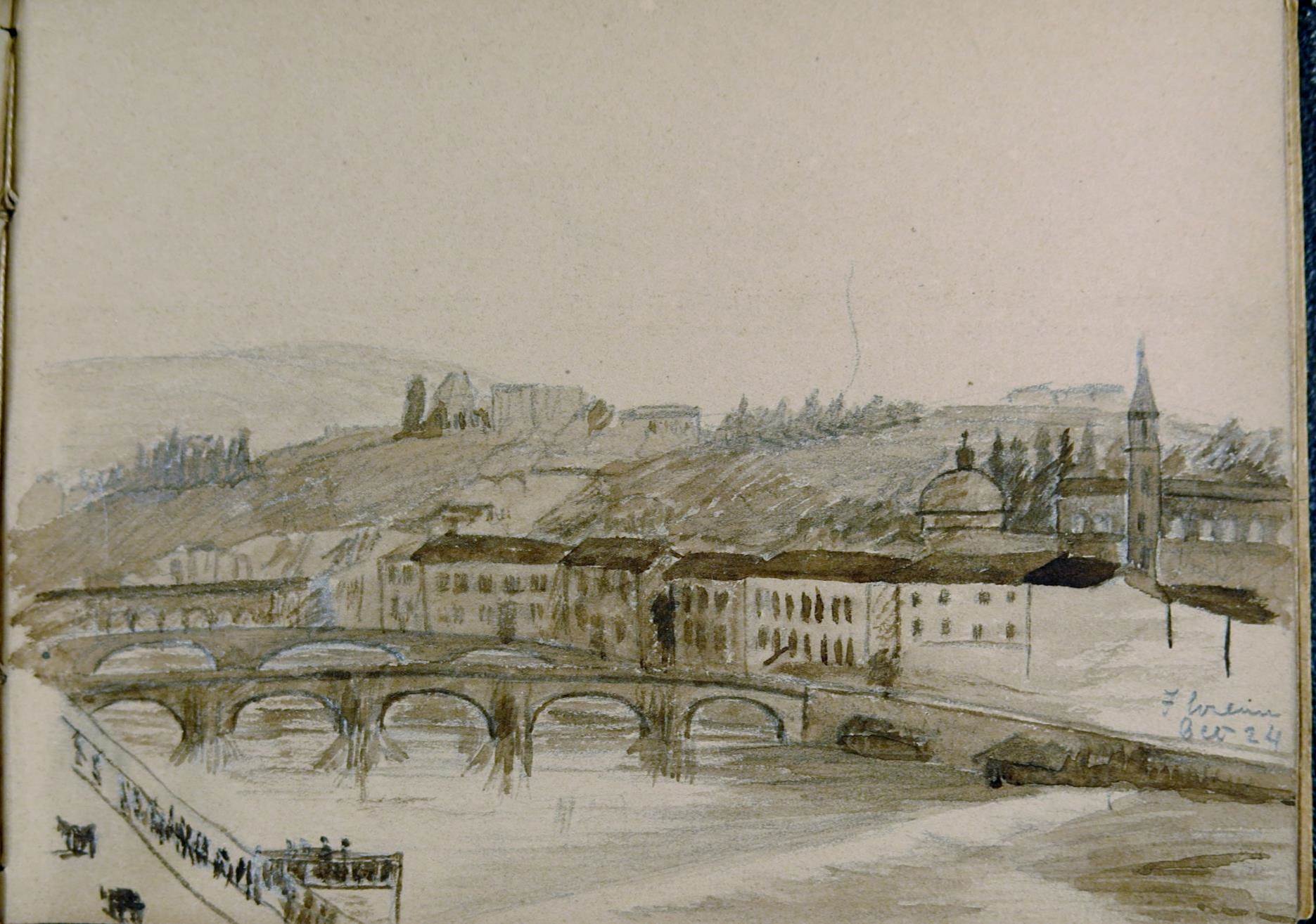
Among the individuals mentioned in the diary are members of the Longfellow family, including Thomas Gold Appleton, Ernest Longfellow, and Hattie Longfellow; Lee’s uncle Francis L. Lee; her cousins Edward Perkins, Mary Perkins, and Charles Callahan Perkins; her future husband Frederick Cheever Shattuck; George Bemis; Frederic Crowninshield; and members of the Warren, Paine, Forbes, Curtis, Sewall, and many other families. A few entries discuss freedmen in America and the West Indies; American grievances against the British after the Civil War; and the Fifteenth Amendment.
While a large number of diaries in the MHS collections focus on Western European travels, others highlight trips to Cuba, New Zealand, Canada, and the Midwestern United States. If you’re interested in learning more about nineteenth-century travel and society – of if you’re simply in need of a vicarious vacation – visit the library for a closer look at Elizabeth Perkins Lee Shattuck’s travel diary and sketchbook, as well as others:
(For a more complete list, see Women travelers—Diaries in ABIGAIL.)
Mary Gardner Lowell diaries, 1823-1853. Diaries of Mary Gardner Lowell of Boston and Waltham, Massachusetts, 1823-1853. Travel diaries describe a voyage to Cuba with her husband Francis Cabot Lowell and infant son George, 18 December 1831- 3 June 1832, including time spent in Havana, on the slave plantations of the Matanzas province. Entries describe travel conditions of the voyages and coaching, sights seen, social and cultural observations, friends visited, the weather, and social engagements.
Lorenza Stevens Berbineau diaries, 1851-1869. Three personal diaries kept by Berbineau, servant to the Lowell family, kept while on a trip to Europe with members of the family (1851-1852).
Anna Peabody Bellows travel diary, 1864. Travel diary of Anna Huidekoper Peabody (later Bellows), kept on a trip to England, France, and Switzerland, 16 March-14 August 1864. Entries describe the voyage via steamer from Boston, as well as sightseeing, shopping, social calls, and other activities in Paris and other cities and towns. Includes pencil sketches and watercolors.
Aimee Rotch Sargent travel diaries, 1874-1875. Diaries kept by Aimee Rotch Sargent, 1874-1875, while traveling from New York to England and through Europe with her husband, Winthrop Sargent, describe the ocean voyage, her constant seasickness, social gatherings and engagements with acquaintances, parks, museums, and other cultural institutions visited.
Ann Eliza Perkins Adams travel diary, ca. 1883-1884. Travel diary kept while on a trip by train from Boston to St. Louis and a voyage on the Mississippi River. Entries consist of short descriptions of sites seen from the train window; coach and carriage rides in St. Louis; and traveling on the Mississippi River, including sites seen from the boat, towns visited, events attended, and steamboats observed.
Jane Cummings diaries, 1902-1949. June-September 1911 travel journal records her voyage to Spain, Algiers, Italy, Austria, Switzerland, France, and England, describing cities visited, architecture, gardens, museums, cultural institutions visited, works of art, stories about fellow travelers, and the weather.
Martha A. Rapp travel diary, 1920-1921. Diary kept by Martha A. Rapp of Brockton, Mass. while on a voyage from Boston to New Zealand, 4 November 1920-7 May 1921. Martha traveled with her parents by train to Vancouver, British Columbia, then on the passenger ship Niagara to New Zealand. Her diary describes daily life at sea including games played with other passengers, storms; and various places visited in New Zealand.



